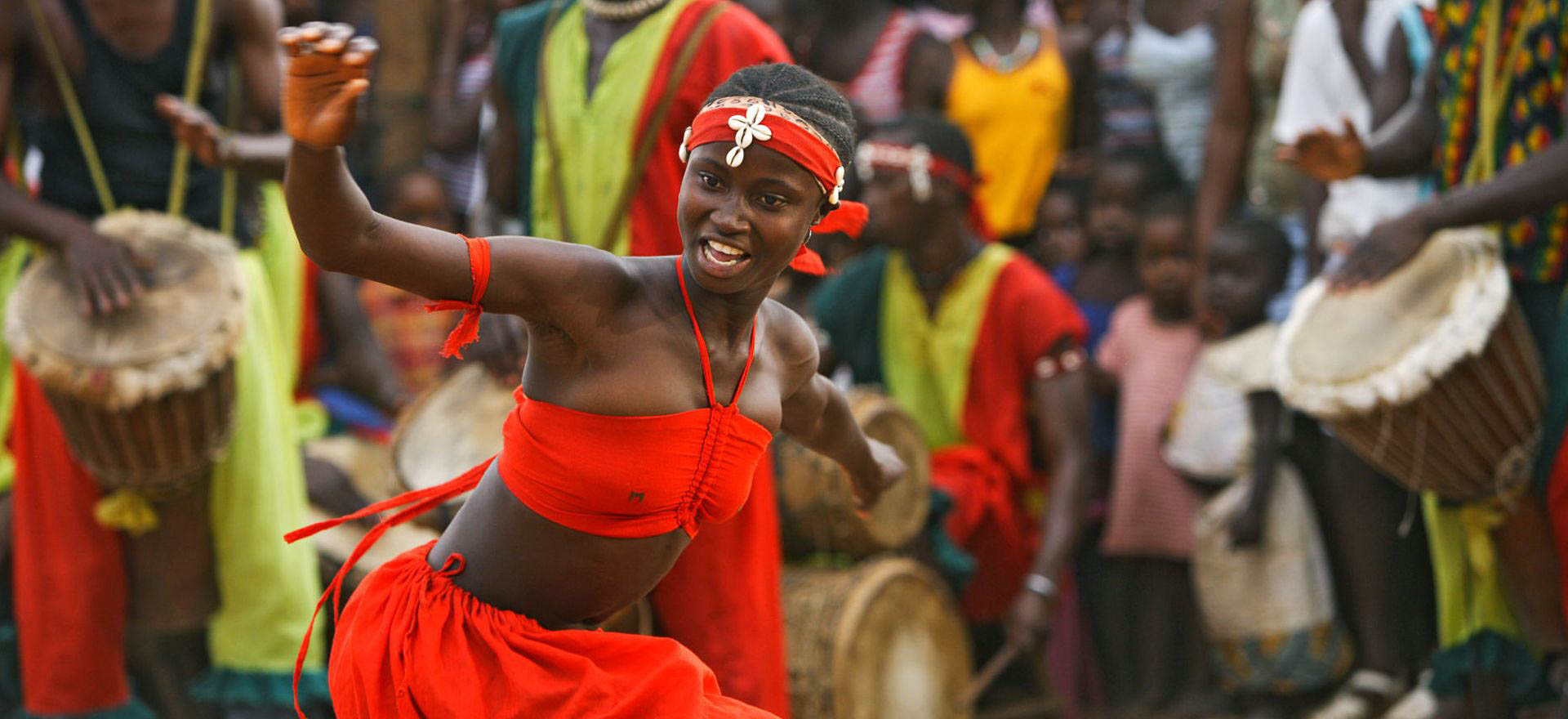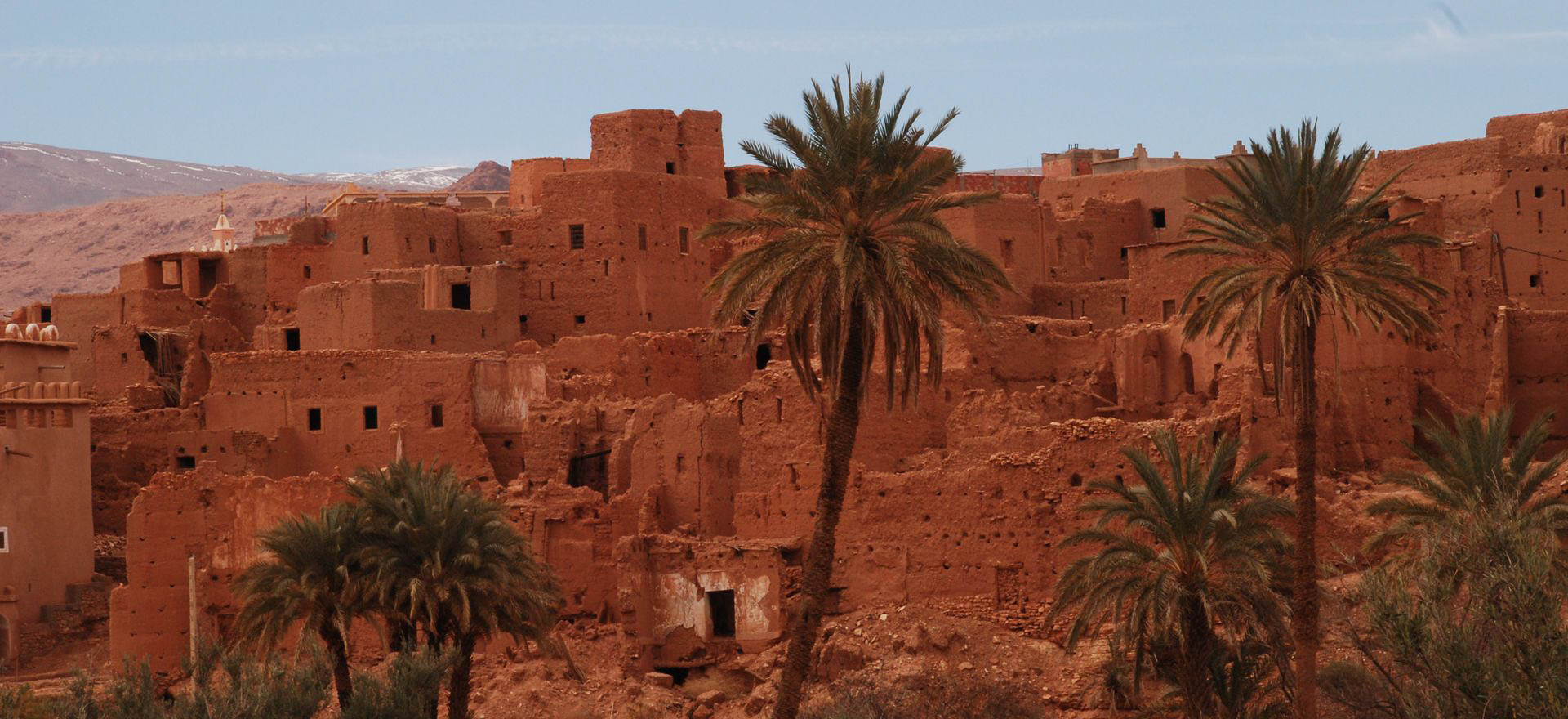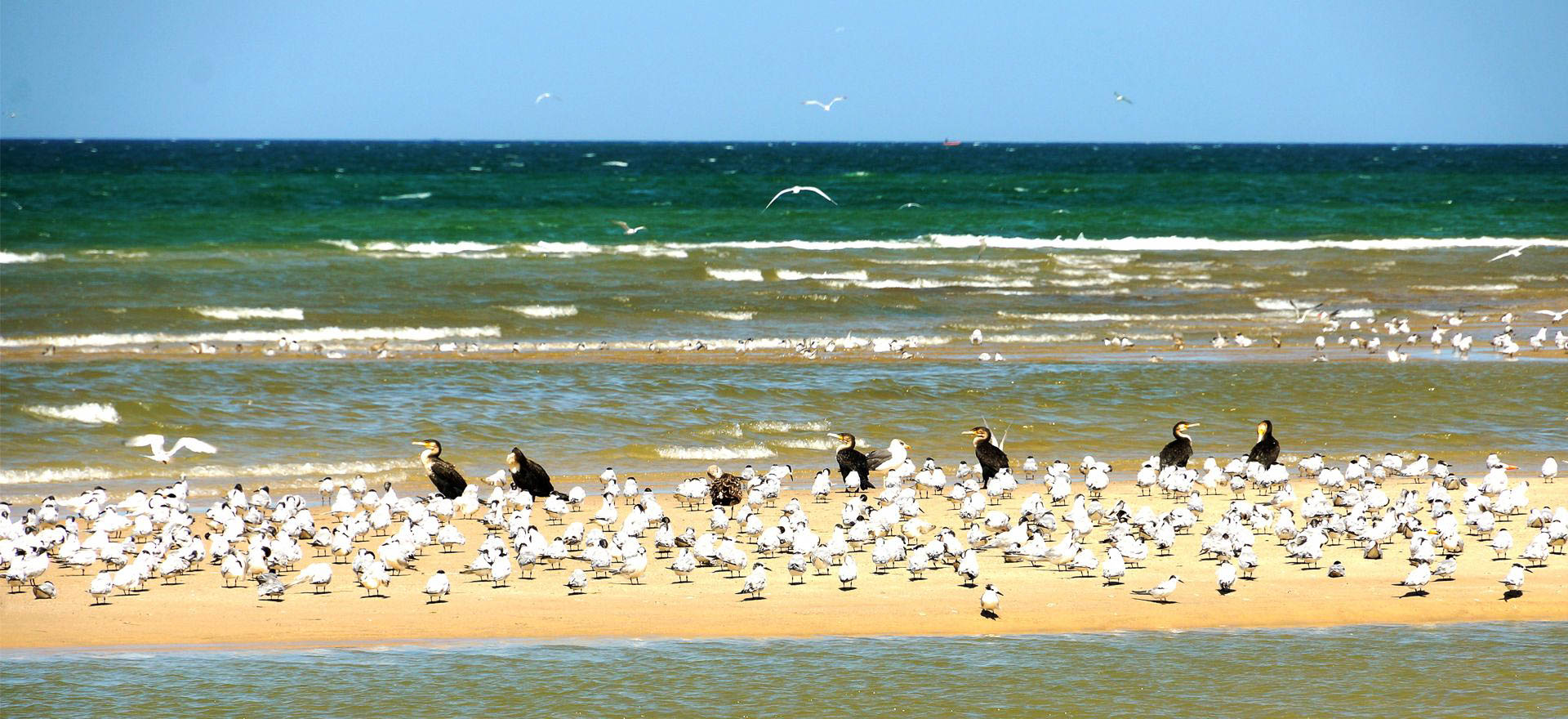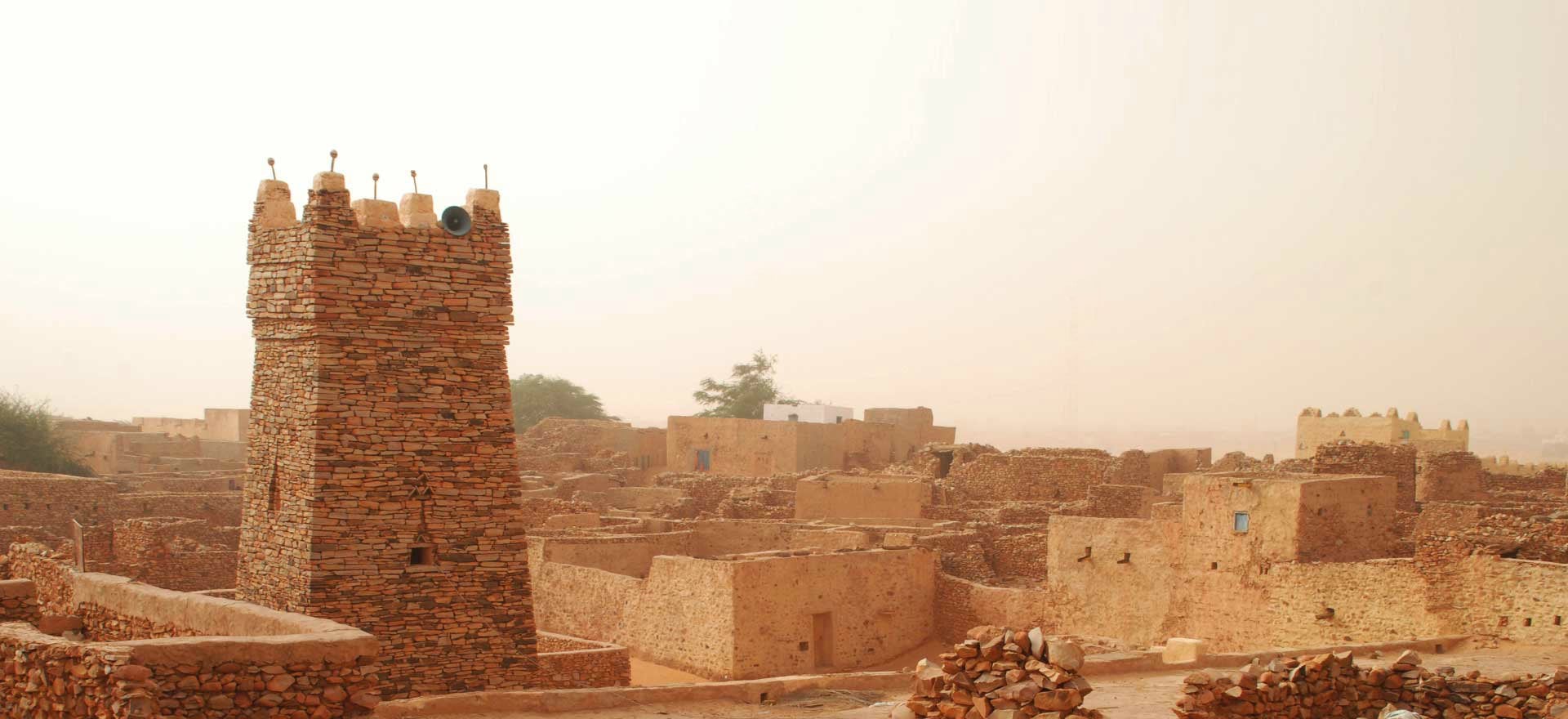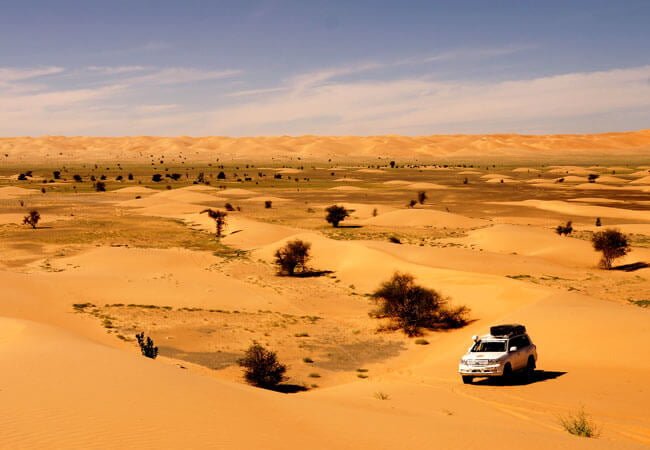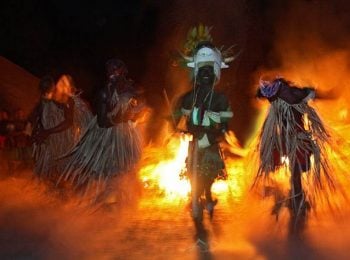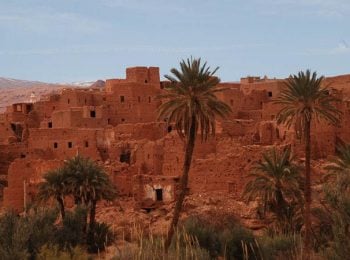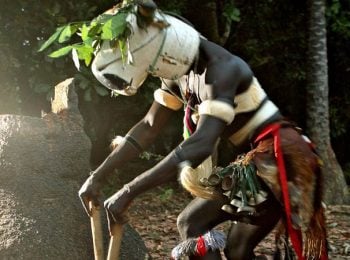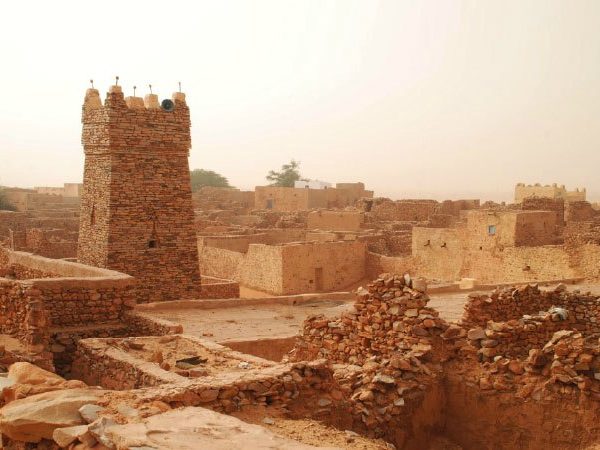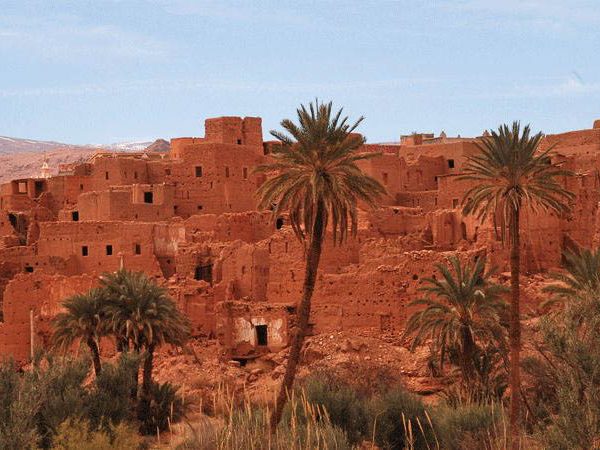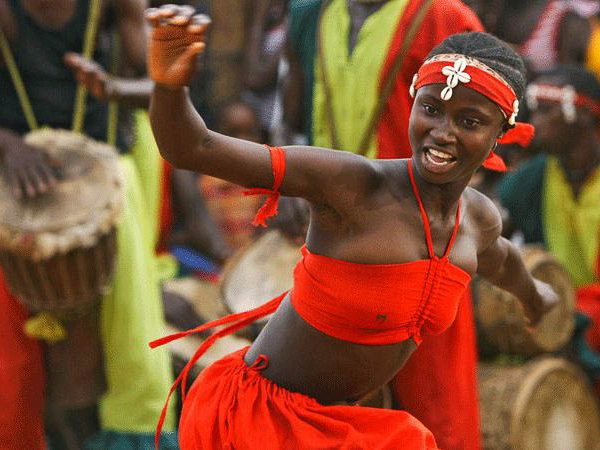Visas
This trip travels through five different countries. Most travellers, including UK, US and EU citizens will not need a visa for Morocco, or Senegal. Australian citizens must obtain a multiple entry visa for Senegal in advance.
For the Gambia, UK citizens do not require a visa but other nationalities including USA citizens can obtain a visa at the border – current cost is approx. €120 but this can change. Mauritania has recently started issuing visas at the border; these cost €60 and you will need to bring four passport photos with you. However this process may be withdrawn at any time, and prices may change so it is essential that you check this with us one month before travelling.
Visas for Guinea-Bissau can also be obtained at the border and cost 25,000 CFA. You will need to bring two passport photos with you and let us know beforehand if you intend to obtain your visa this way.
Your passport must be valid for six months after your date of entry into Guinea-Bissau.
Visa regulations can change however and so we recommend that you contact your nearest embassy for the most up to date information.
Health and vaccinations
We are not medically qualified and so we recommend that you speak to your doctor or nearest health professional for advice concerning recommended vaccinations. For more advice on vaccinations you can also visit www.fitfortravel.nhs.uk.
Please note that Yellow Fever is a compulsory vaccination for entering Guinea-Bissau and Senegal and you must bring your vaccination certificate with you, otherwise you may not be allowed to enter.
Insurance
It is a condition of joining our tours that you have suitable travel insurance in place, and we cannot accept travellers without insurance. All policies differ in terms of what they will cover, but as a minimum you need medical and health cover, which will cover you for the whole time that you are away. Most policies will also include cancellation cover, which will cover you if an unforeseen circumstance obliges you to cancel your trip. We recommend that you obtain your insurance as soon as you book your trip.
Please note that government travel warnings often affect the validity of your travel insurance, and you should check this with your insurance company.
Arrival and departure taxes
There are no arrival or departure taxes applicable for these countries.
Money
The local currency here differs from country to country, but you won’t be able to obtain them outside of the region. In Morocco it is the dirham, in Mauritania the ougiya, and in Senegal and Guinea-Bissau the West African CFA. It is best to bring Euros for exchange purposes.
You will be able to change money into dirhams on arrival in Marrakech, and then at or shortly after the borders of the following countries. Your guide will be able to advise on this.
Local conditions
When travelling to some of the destinations we offer you need to bear in mind that things won’t always work here as we’re used to them working at home. Travelling in underdeveloped and untouristed destinations requires both patience and a sense of humour. There may be problems with infrastructure, attitudes may be different, and maintenance may not be as high a standard as we would always like, but this is very much part and parcel of travelling in such a place.
In addition, roads throughout the parts of Africa that we visit are often poorly maintained (if at all!) and distances between key sites of interest can be long. Travelling in Africa can be tiring, hot and dusty at times, and inevitably it can be frustrating. While there are some issues that we are able to solve, others are intrinsic to the countries that we travel through, and you should be aware that many of the countries that we operate in cannot be compared to others on the continent that have better infrastructure – for example the popular tourist destinations of east and southern Africa. Although travelling in these countries can at times be an ‘unpolished’ experience, this is all part of the adventure. We aim to resolve any issues as quickly as possible, and putting up with a pothole (or ten) is undeniably worth it for the amazing sights and cultural experiences you will encounter along the way.
This is particularly relevant to this trip – it travels through some remote regions, some of which are largely isolated from the outside world and have very little experience of tourism whatsoever. We will be camping for much of the time, with no real facilities, and it is essential that you bear this in mind before joining this trip.
Travel advice
We keep a very close eye on the travel advice issued by the UK Foreign and Commonwealth Office so that we can keep you up to date with any warnings. At the time of writing the FCO advises against travel to some parts of Mauritania. We work very closely with our local team and are fully confident that we can operate tours safely in Mauritania. Should you have any concerns over safety please do not hesitate to contact us and we can address your concerns.
This relates to advice from the British government – other nationalities need to check the stance of their own governments.
Please note that the information contained above is highly susceptible to change, and while we endeavour to keep up to date we recommend that you use this as a guide only. Should you have any questions, please don’t hesitate to contact us.
Updated August 2023

